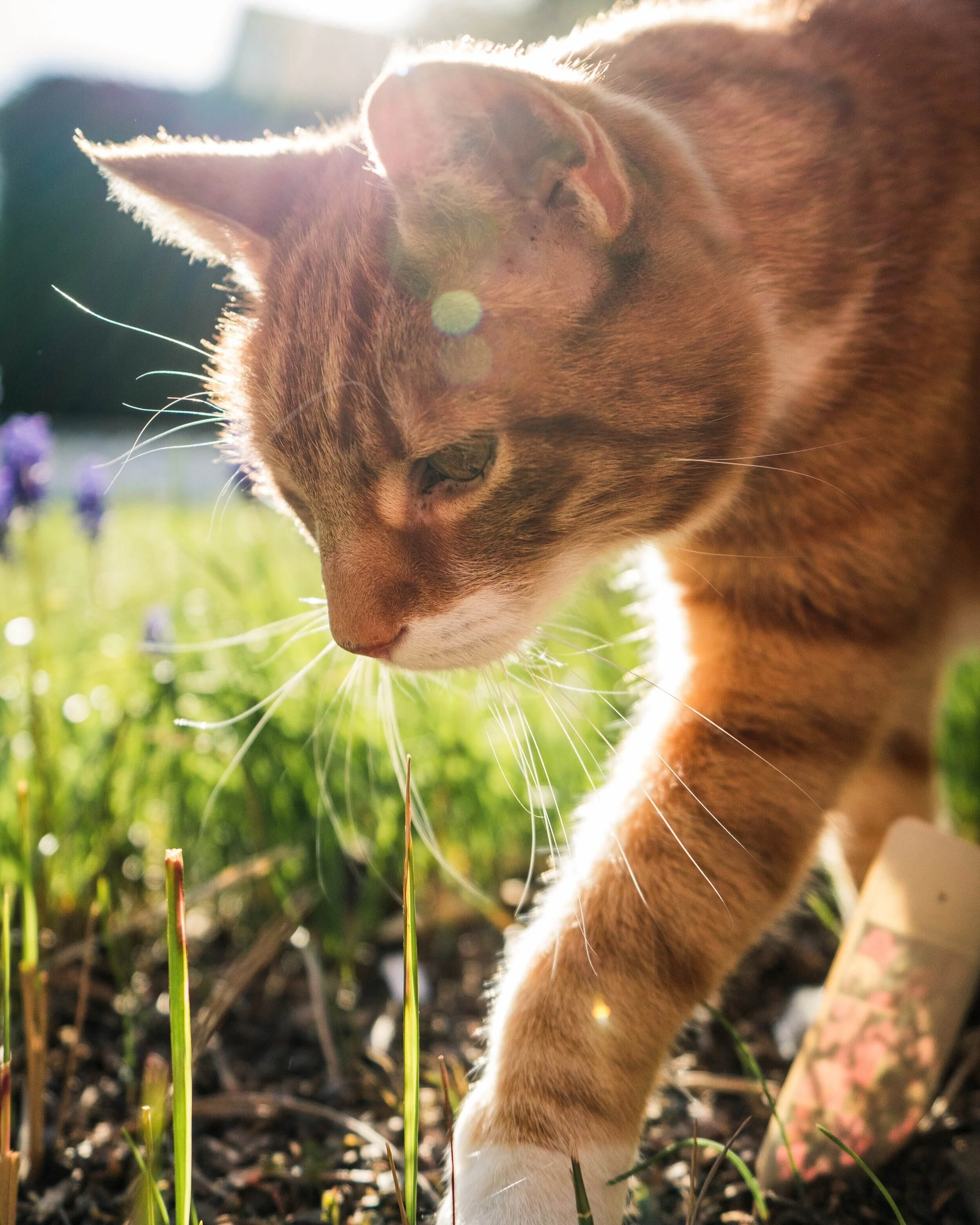Whilst adults know to stay away from ants, our curious and playful pets are less aware of their painful bite and they certainly hurt! Pets can get bitten by ants anywhere on their body, especially if the ants crawl up onto your pets coat, however prime targets are their nose or paws as they lead the charge.
Common signs your pet has been bitten by an ant
Ant bites will often cause pain or swelling at the site of the bite which can be both uncomfortable and irritating for your pet. Here are some common signs an ant has bitten your pet:
Pet suddenly holds leg or paw up
Licking or biting at foot
Sudden redness between toes
You see mild swelling at the site of the sting
What to do if your pet is bitten by an ant
Apply an ice pack – if your pet will allow you, gently apply an ice pack wrapped in a damp tea towel for 5-10 minutes. Remove it every few minutes to avoid frostbite. If the bite is on the foot, you can place their foot in a bath of cold water for 5-10 minutes. This can help to reduce pain and swelling.
Prevent licking and biting – prevent your pet from licking and biting the area to avoid self-trauma. You can ask your vet for a special collar if you are having trouble stopping your pet from excessively licking.
Monitor yours pet’s condition – if the swelling or redness does not go away, contact your local vet for further advice. Monitor your pet’s overall wellbeing and if their condition becomes more serious, get in touch with your vet. Importantly, if you see any signs of an anaphylactic reaction (vomiting, diarrhoea, weakness, collapse, excessive swelling, pale gums, difficulty breathing) take your pet the nearest vet immediately for emergency treatment.
Ants may be small, but their bite can be painful and irritating to your pet. Keep an eye on your pet when nosing around outdoors and contact us if you have any concerns about your pet’s wellbeing.







